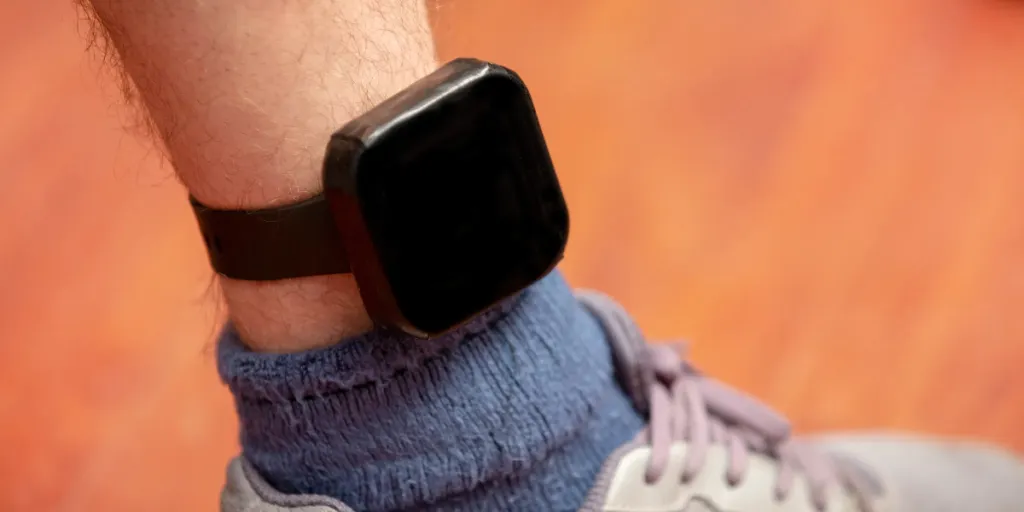Consumers looking to lead a healthier lifestyle have an almost never-ending arsenal of smart health technologies available to them. Smartwatches are nowadays a popular alternative to standard pedometers as they provide greater insight into daily activities and heart rates. However, ankle pedometers still have value and shouldn’t be overlooked just because of their more basic design.
We’ll look at the various types of ankle pedometers available for consumers, and dive into the key features that set different models apart.
Table of Contents
Global market value of pedometers
Best ankle pedometers on the market
Summary
Global market value of pedometers
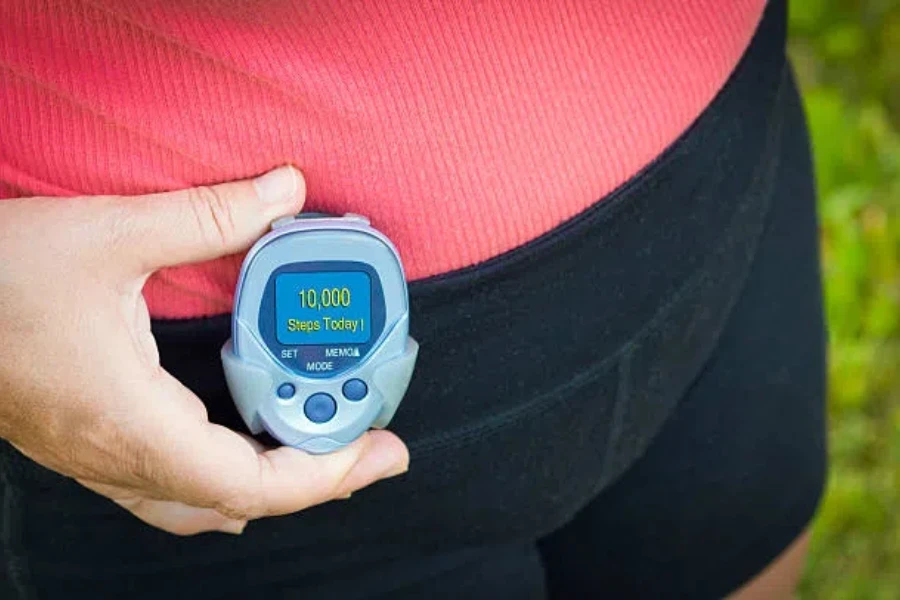
When it comes to non-smart device pedometers, consumers have two main options: pedometers that clip onto the user’s waistband or ankle. Some consumers prefer certain features over others, so it’s ultimately down to the individual regarding which one they’d rather wear. Pedometers are still popular today despite more modern and technologically advanced step counters entering the market.
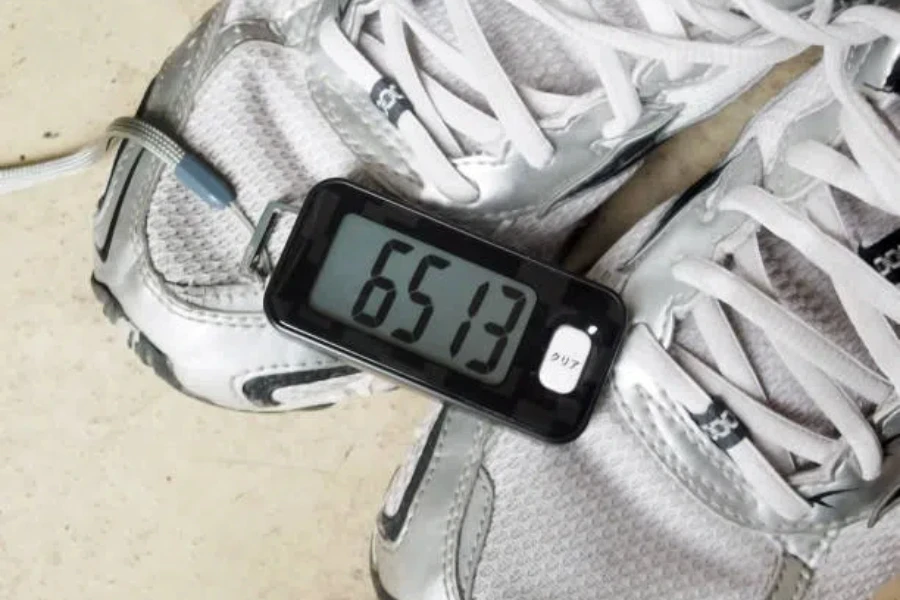
In 2024, the global market value of pedometers exceeds USD 2.2 billion. The market is expected to grow to USD 3.4 billion by 2032 at a compound annual growth rate (CAGR) of 4.9%. This growth is down to factors such as an increase in health consciousness and patient monitoring at home rather than at hospitals to reduce costs.
Best ankle pedometers on the market

There are a few factors for customers to weigh up when choosing the best ankle pedometer. Each style of pedometer has its own advantages, appealing to different users. For example, some ankle pedometers are attached via a strap, while others fasten with a clip or are pairable with other smart technologies. However, no matter which variety of pedometer they choose, customers can be assured that they will be straightforward to use, which is why they’re especially popular among older generations.
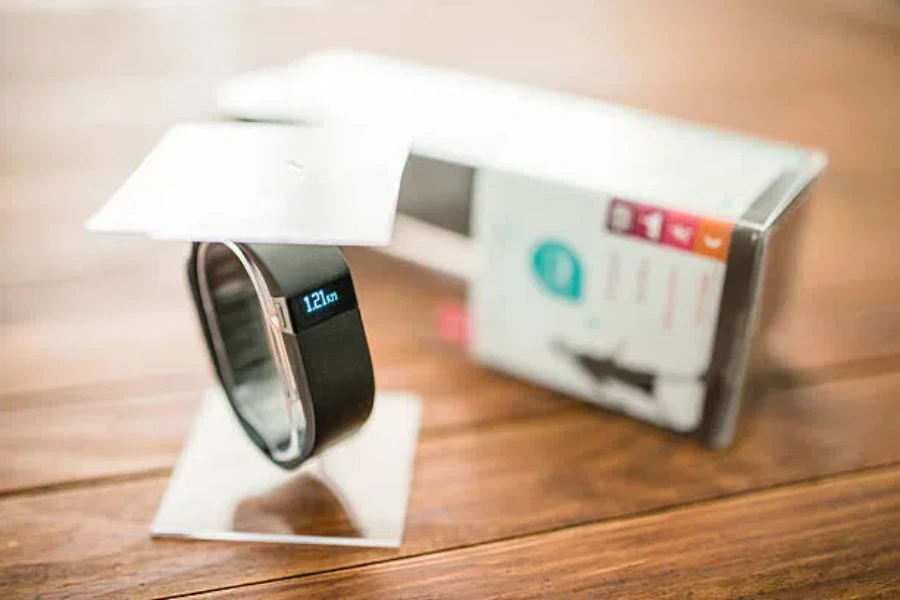
According to Google Ads, “ankle pedometer” has an average monthly search volume of 1,300, with most searches occurring in February and April, with 1,900 each. Searches remain steady for the remainder of the year, attracting between 1,000 and 1,600 hits per month.
Google Ads also reveals that the most searched for types of ankle pedometers are “ankle fitness tracker” with 1,600 monthly searches followed by “strap-on ankle pedometer” with 600 searches and “clip-on ankle pedometer” with 450 searches.
Below, we’ll dive into how to choose the best ankle pedometer either as a business or an individual buyer.
Ankle fitness trackers

Ankle fitness trackers use sensors, such as accelerometers and gyroscopes, to detect movement and track steps. They are more advanced than others, tracking distance traveled, calories burned, and other activity metrics. Some may also have features such as heart rate monitoring, sleep tracking, and GPS.
For comfort and flexibility, materials such as silicone or nylon are used for the band and sleeve – making them easy to attach and remove – while the device itself is usually made from plastic or metal. Consumers can also choose from a range of styles, colors, and patterns to further reflect their personality.

Ankle pedometers are also great for people looking for a discreet way to monitor their metrics.
Entry-level ankle fitness trackers start at around USD 50, with advanced models with more metrics and features going for USD 300 and above.
Strap-on ankle pedometers

Consumers looking for an easy-to-use and effective ankle pedometer often turn to strap-on ankle pedometers. These utilize accelerometers or gyroscopes to detect movement and track steps. These sensors measure changes in acceleration or orientation, allowing the device to count steps accurately and calculate the distance traveled. Some models can also track calories burned and other activity metrics.
Strap-on ankle pedometers typically feature adjustable straps or bands with loop fasteners, buckles, or clips for ease of use. These straps are designed to provide a secure fit around the ankle, ensuring that the device stays in place during activities, regardless of how intense.

Like other pedometers, strap-on ankle pedometers are made of lightweight materials such as silicon, neoprene, or nylon, which also provide durability. Plastic or metal can be used to house the device to ensure it’s secure and won’t break easily.
Strap-on pedometers are known for their portability and compactness, which is why so many athletes as well as consumers use them to measure everyday activities. These ankle pedometers are highly accurate when it comes to step count and activity tracking and they’re very budget friendly, ranging between USD 20 to USD 50.
Clip-on ankle pedometers

Clip-on ankle pedometers offer a convenient and secure way to track steps and activities. They utilize the same motion-sensing technology as strap-on and wearable pedometers, namely accelerometers or gyroscopes, which detect movement and track various metrics.
The clip or clamp mechanism is designed to securely attach to the ankle or top of the user’s shoe, providing a stable and reliable fit. Although this style of ankle pedometer is likely to be worn by hardcore athletes, it’s a great option for walkers or casual joggers who want to keep an eye on their step count without an uncomfortable wrist or waist monitor.

Clip-on ankle pedometers are known for their reliability. They offer users precise step count and activity tracking, helping them to achieve their fitness goals. This is also useful for consumers who are recommended to wear an ankle pedometer for medical reasons as they can track crucial information for medical personnel.
Ankle pedometers come at various price points to accommodate different budgets and preferences. Basic models with standard step-counting features are usually cheaper at between USD 20 and USD 30. More advanced models with features such as Bluetooth connectivity or heart rate monitoring can cost USD 100 or more.
Summary
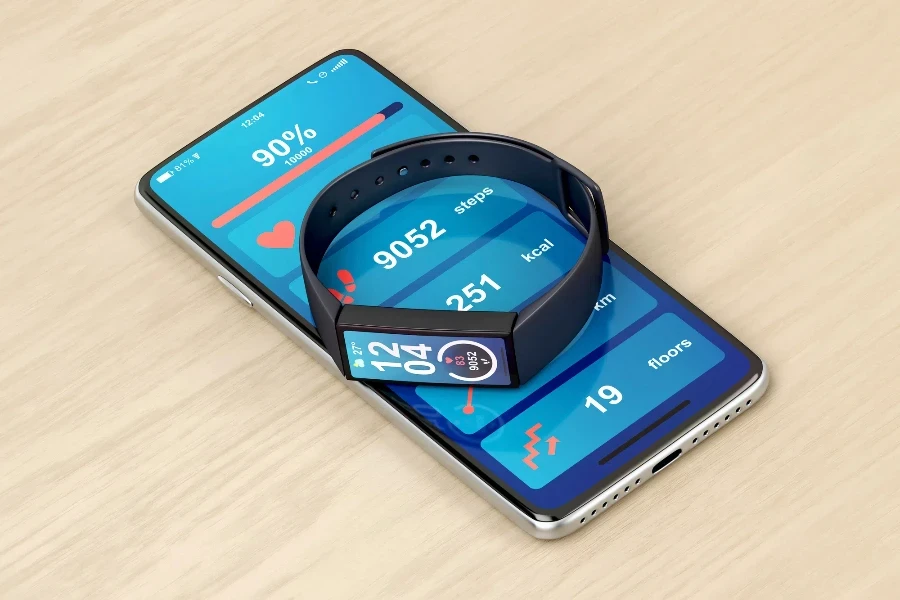
Choosing the best ankle pedometer comes with a number of considerations. Factors such as fit, style, the metrics tracked, cost, and comfort will all be weighed by buyers.
Not everyone uses smartphones or smart technologies, so it’s important to also stock non-smart varieties – sometimes the simplest design is the best.
For more tips on trending products in the market, don’t forget to subscribe to the Alibaba.com Reads.
